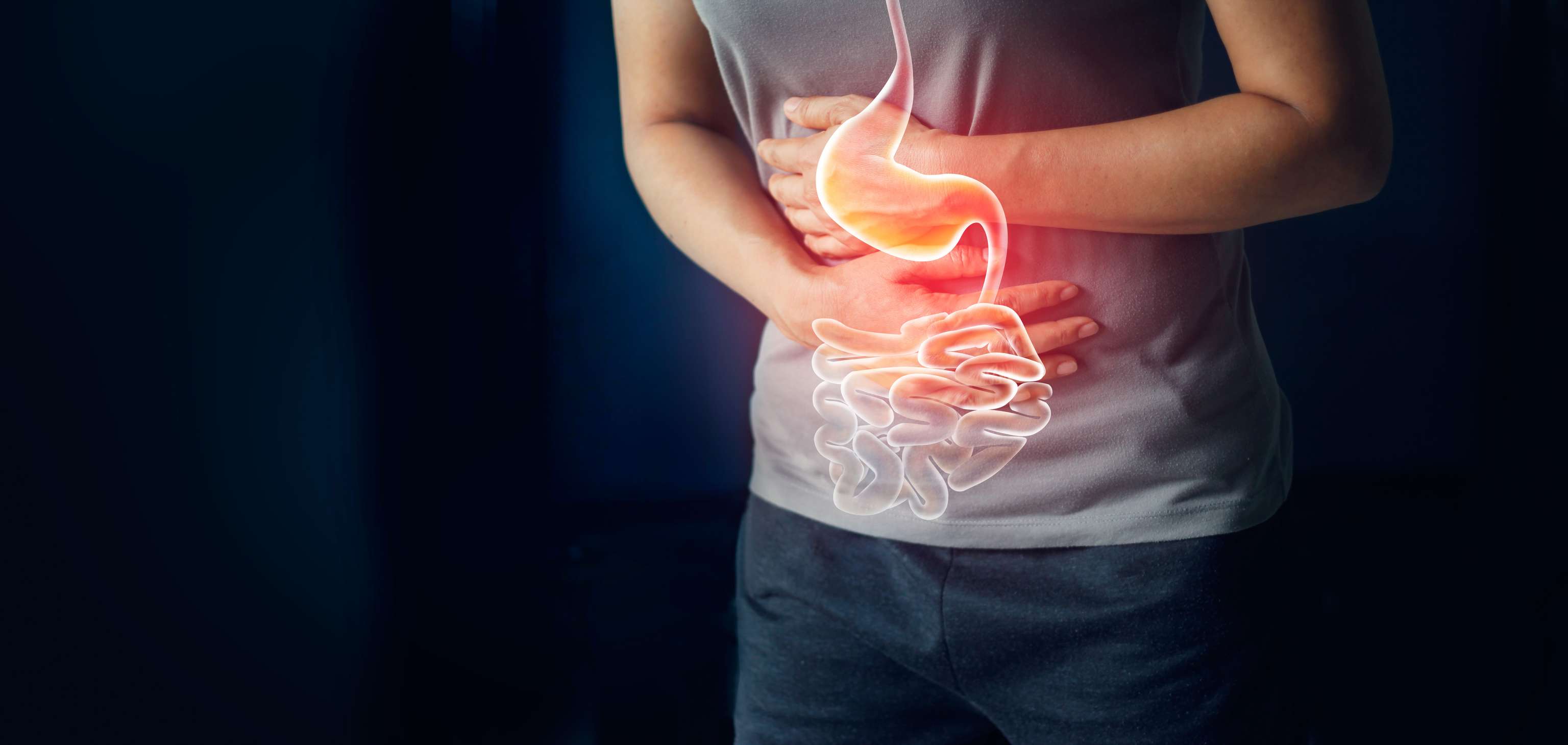Helicobacter Pylori as a guest in your own stomach

What is H. pylori?
Helicobacter pylori is a flagellated, rod-shaped bacterium that settles in the stomach, spreads in the stomach lining and damages it. The bacterium has developed different strategies for its survival in the acidic gastric environment. In order to neutralize the strong stomach acid, H. pylori can, with the help of protein, convert urea into ammonia and carbon dioxide, which neutralizes the acid. In addition, the bacterium settles directly in the mucous layer of the stomach, which protects it from the gastric juice when it is surrounded by this layer.
According to a study of more than 14,000 scientific articles, it is believed that just over 50% of the world's population is infected with the bacterium. However, the frequency of infestation varies by region. For example, in Africa, about 70% of the population is believed to be infected, while the percentage is lower in European industrialized countries: 18.9% is assumed in Switzerland.
Human-to-human infection is estimated to occur most frequently in childhood. However, it is not yet clear how exactly the bacterium is transmitted. It is assumed that the infection route occurs through fecal-oral, oral-oral or gastral-oral transmission. The bacterium is therefore ingested through contaminated water or food, contact with vomit, saliva or stool.
Since its discovery in 1983 by scientists from Australia, a decreasing trend of infection has been observed in Central Europe. Currently, about 3% of children and 48% of adults in Austria are infected, according to estimates by the Austrian medical journal Ärztezeitung.
Diseases and incidence:
The immune reaction in the stomach triggered by the bacterium can result in several diseases. Chronic gastritis, also known as type B gastritis, gastric and duodenal ulcers, ulcus ventriculi, called duodenal ulcer, and tumors in the gastrointestinal tract are examples.
Classical treatment:
Different triple therapy and quadruple therapy forms, i.e. three-part and four-part therapy forms, are used to combat Helicobacter pylori. In this case, the components consist of several antibiotics and a stomach-protecting drug, which are taken for about a week in the common forms of therapy. An example of this would be Pylera hard capsules. Such therapies are also called eradication therapies.
Infection reduction with cranberries:
A new study published in the Journal of Gastroenterology and Hepatology provides interesting insight into a link between daily consumption of cranberries and reduction of infection with the bacterium Helicobacter pylori.
552 adult study participants who tested positive for H. pylori took part in this double-blind, randomized, placebo-controlled study. These 18- to 60-year-old participants were divided into four groups, each of which consumed a different amount of cranberry juice. It was found that after 8 weeks, the group that drank 240ml of cranberry juice twice daily containing 44mg of proanthocyanidins per serving, a natural compound found in the berry, had a 20% reduction in the rate of Helicobacter pylori infection compared to the other study groups.
Conclusion:
The bacterium can settle unnoticed in the gastric mucosa over a long period of time, as the consequences are often only detected after some time. In case of a positive test for Helicobacter pylori, however, there is a proven choice of eradication therapies to fight this "patient" bacterium.
Sources
- Li ZX, Ma JL, Guo Y, Liu WD, Li M, Zhang LF, Zhang Y, Zhou T, Zhang JY, Gao HE, Guo XY, Ye DM, Li WQ, You WC, Pan KF. Suppression of Helicobacter pylori infection by daily cranberry intake: A double-blind, randomized, placebo-controlled trial. J Gastroenterol Hepatol. 2020 Aug 11.
- Helicobacter pylori (Netdoktor)
- Helicobacter (Ärztezeitung)
- Helicobacter pylori Erkrankung (Cara Care)

Danilo Glisic
Last updated on 07.12.2020
Your personal medication assistant
Browse our extensive database of medications from A-Z, including effects, side effects, and dosage.
All active ingredients with their effects, applications, and side effects, as well as the medications they are contained in.
Symptoms, causes, and treatments for common diseases and injuries.
The presented content does not replace the original package insert of the medication, especially regarding the dosage and effects of individual products. We cannot assume liability for the accuracy of the data, as the data has been partially converted automatically. Always consult a doctor for diagnoses and other health-related questions.
© medikamio